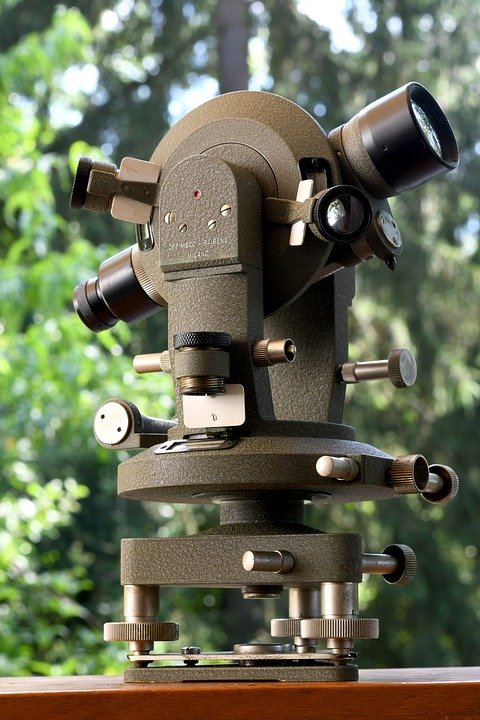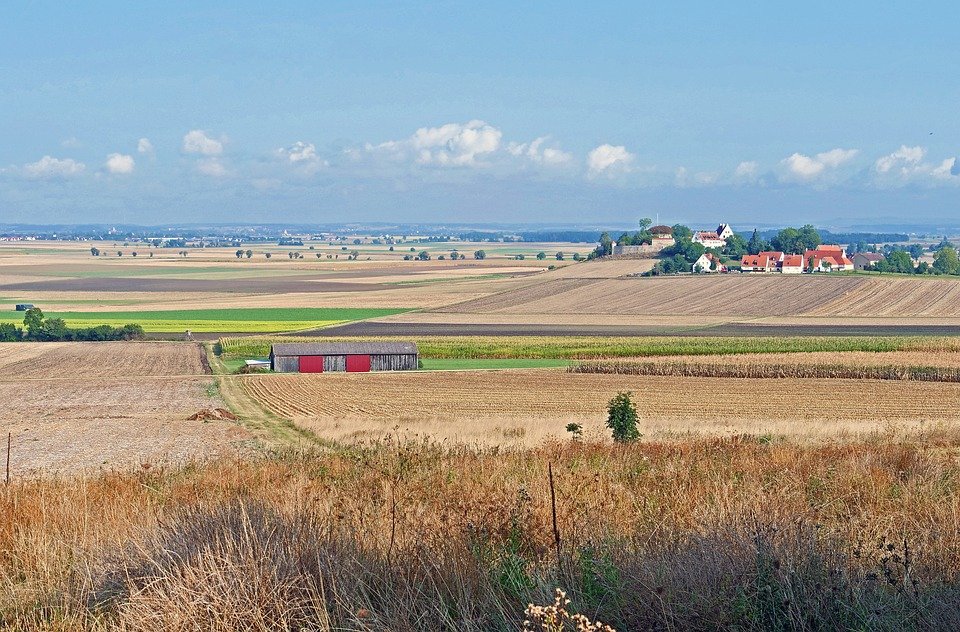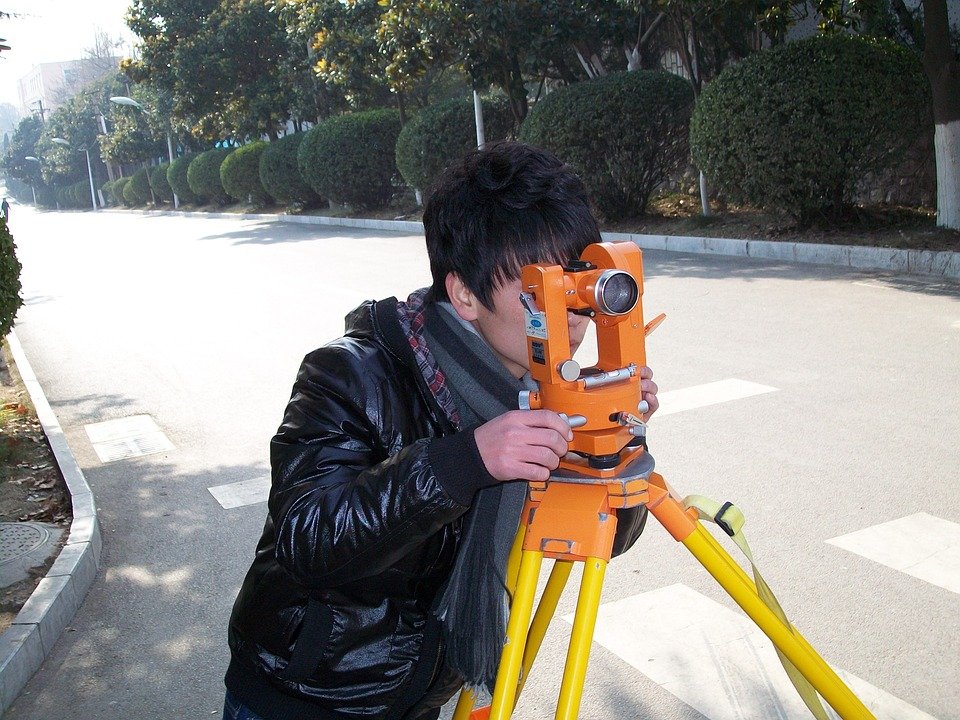[ad_1]
What Is a Topographic Survey?
A topographic survey is an incredibly useful tool that allows professionals to collect data about the surface of the Earth. The survey is conducted by taking measurements of various features of the land, including contours, elevations, boundaries, and slopes. The data collected can then be used to create a topographical map, which shows an accurate representation of the land’s features.
What Are the Benefits of Utilizing Topographic Surveys?
Topographic surveys provide a variety of benefits to the user. Here are some of the most significant benefits of utilizing topographic surveys:
1. Accurate Information
One of the main advantages of topographic surveys is that they provide highly accurate information about the land. The measurements taken from the survey are precise and can be used to create detailed maps that show features such as contours, elevations, boundaries, and slopes. This level of detail is not possible with other types of surveys.
2. Cost-Effective
Topographic surveys are also cost-effective. They require minimal equipment and personnel, making them an affordable option for surveying a large area of land. Additionally, the data collected can be used multiple times, which helps to reduce costs in the long run.
3. Time-Saving
Topographic surveys are also time-saving. The data collected is available almost immediately, which means that decisions can be made quickly and accurately. Furthermore, the data can be used to create detailed maps of the land, which can be used for planning purposes or other activities.
4. Versatility
The data collected from a topographic survey can be used for a variety of purposes. It can be used to create detailed maps for planning, engineering, or construction projects. It can also be used to assess geological features in order to determine the best site for a new development.
5. Safety
Topographic surveys are also beneficial for safety purposes. The data collected can be used to identify potential hazards, such as cliffs, steep slopes, and hazardous terrain, which can then be avoided. This helps to ensure that workers and the general public remain safe.
Conclusion
Overall, topographic surveys are an invaluable tool that can provide a variety of benefits. They are accurate, cost-effective, time-saving, versatile, and beneficial for safety purposes. As such, they should be considered for any project that requires a detailed understanding of the land.
[ad_2]



